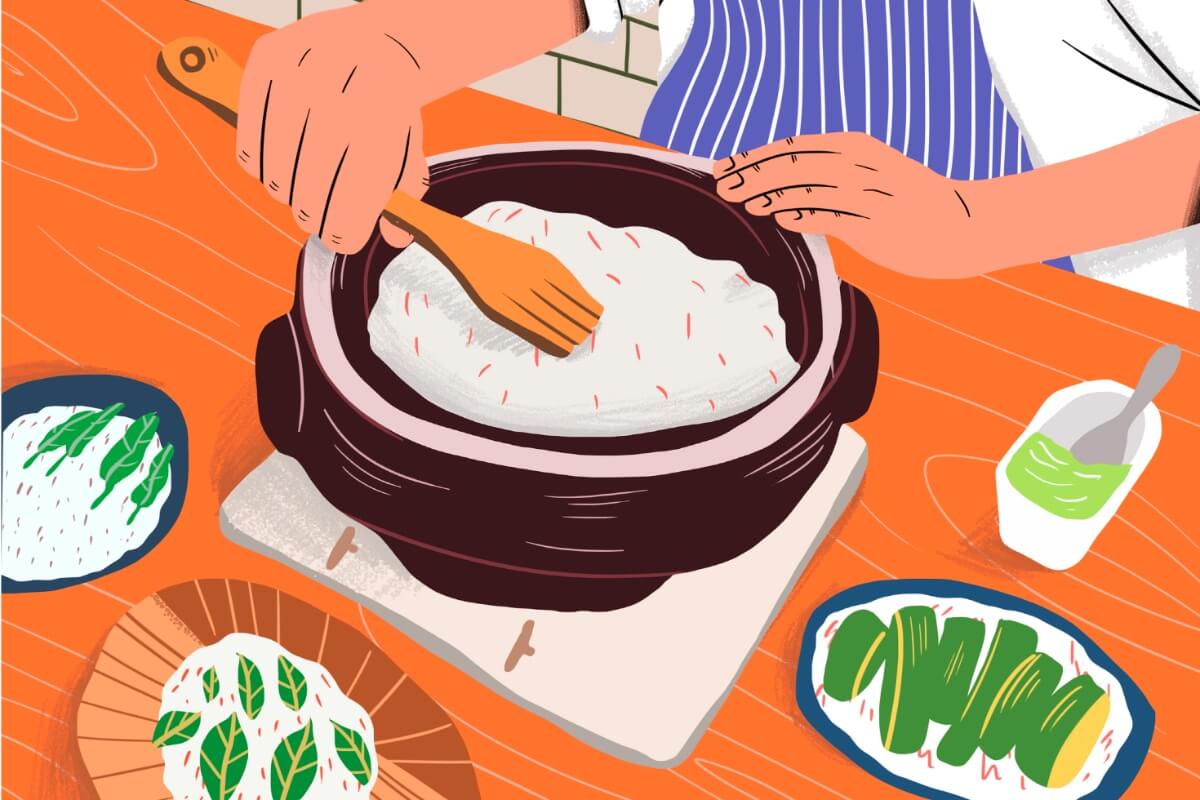
What is vibrio vulnificus infection?
Vibrio vulnificus s a type of germ (bacteria) found in warm seawater. It comes from contaminated shellfish (especially oysters) or other seafood.
You can get an infection from eating raw or undercooked oysters and other seafood. It can also happen if you have an open wound that comes into contact with the ocean.
V. vulnificus is not a common infection. It is not contagious. This means that you can’t get it from other people.
Symptoms of vibrio vulnificus infection
Symptoms of V. vulnificus infection may include fever, vomiting, diarrhea and abdominal pain. If your immune system is weak because you have liver disease, kidney disease or diabetes, V. vulnificus infection can cause more severe symptoms. These may include a high fever and chills, low blood pressure, redness, swelling and blisters on the skin.
If you get V. vulnificus infection because of contact with an open cut, you may get a severe skin infection. If not treated, V. vulnificus infection can spread to your bloodstream and become life-threatening.
If you think you have a V. vulnificus infection, you should see your doctor or go to the hospital right away. Do not wait because the infection can be life threatening if left untreated.
What causes vibrio vulnificus infection?
You can get V. vulnificus infection if you eat contaminated shellfish (especially oysters) or other seafood. If you have an open cut and go in the ocean or touch raw seafood, you can also get this infection.
How is vibrio vulnificus infection diagnosed?
Your doctor may test your blood, stools or any blisters on your skin to tell if you have a V. vulnificus infection.
Can vibrio vulnificus be prevented or avoided?
Avoid eating raw or undercooked shellfish and other seafood, especially if you have an illness that weakens your immune system. Cook seafood thoroughly to kill any germs, including V. vulnificus bacteria. Wash kitchen utensils in hot, soapy water.
Do not touch raw seafood juices if you have an open cut or wound. If you have an open cut or wound, avoid seawater activities, such as swimming, fishing, or boating, until the cut has fully healed.
How is vibrio vulnificus infection treated?
Your doctor may prescribe antibiotics to fight the infection. In very severe cases of V. vulnificus infection, where a cut or a wound is infected, you may need surgery or amputation (removal) of the affected limb(s).
Questions to Ask Your Doctor
- I have kidney disease. Should I avoid eating shellfish?
- What treatment is best for me?
- I think I have Vibrio vulnificus infection. Should I go to the emergency room?
- My arm is infected. Will I have to have surgery?
- How long will I feel sick?
Resources
![]()
Copyright © American Academy of Family Physicians
This information provides a general overview and may not apply to everyone. Talk to your family doctor to find out if this information applies to you and to get more information on this subject.










